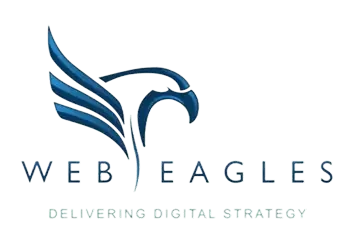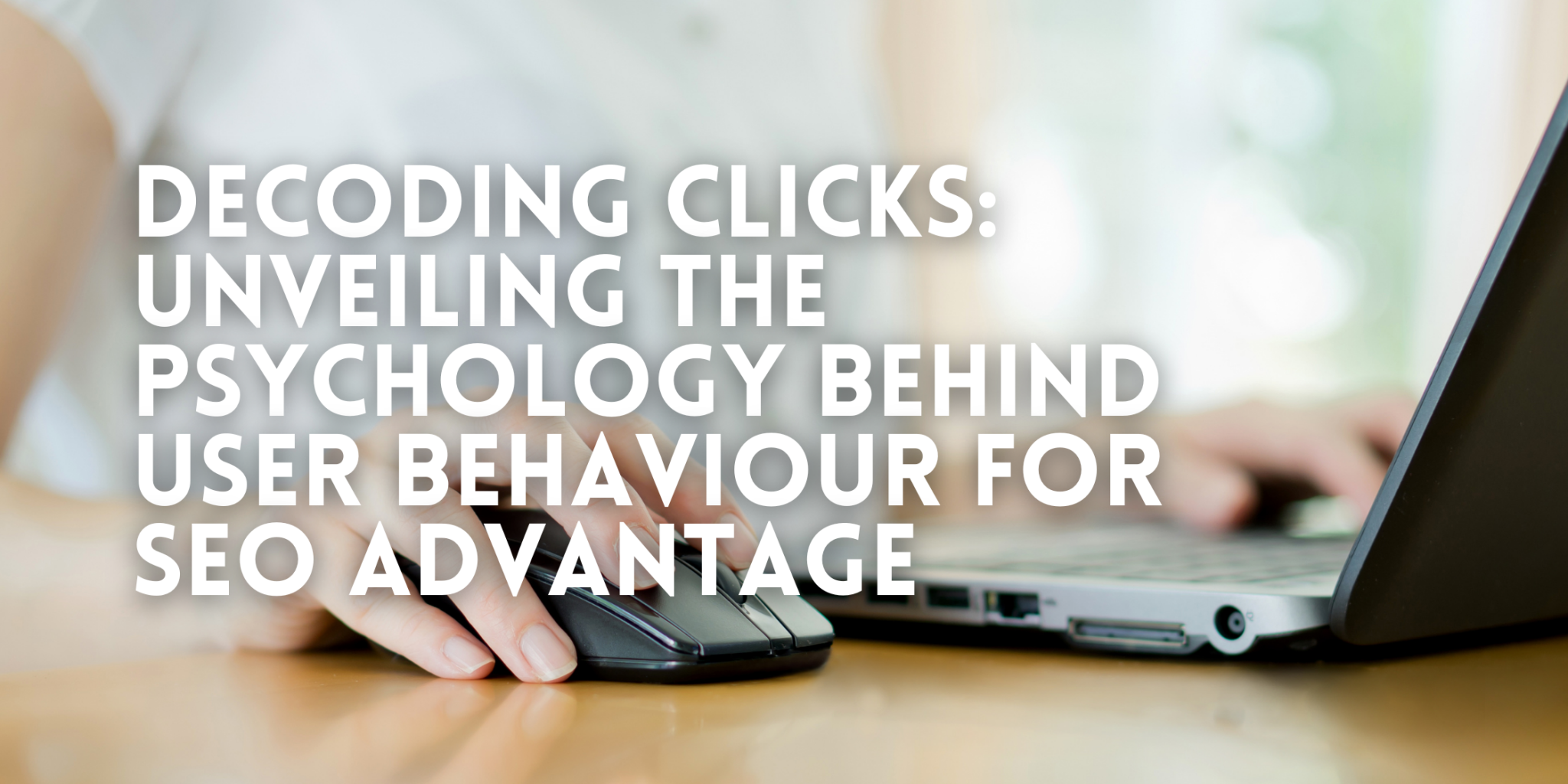Decoding Clicks: Unveiling the Psychology Behind User Behaviour for SEO Advantage
Understanding user behaviour is the key to unlocking the full potential of your SEO strategy. The clicks your website receives aren’t just random acts; they’re the result of intricate psychological processes that govern user decision-making.
At WebEagles, we understand the psychology of clicks and how understanding these actions can give your SEO efforts a significant advantage.
The Initial Encounter: Perception is Everything
The journey begins the moment a user sees your website in a search result. The snippet, meta description, and title tag play important roles in shaping their initial perception. These elements act as your website’s first impression, and as the saying goes, you don’t get a second chance to make a first impression.
Title Tags: Crafting Curiosity
Crafting compelling title tags is an art. Users are more likely to click on a result that promises a solution, sparks curiosity, or addresses a specific need. Incorporating power words, numbers, and emotionally resonant language can make your title tag stand out amidst the sea of search results.
Meta Descriptions: The Art of Persuasion
The meta description is your opportunity to pitch to potential visitors. It should provide a concise summary of what your page offers, showcasing relevance and value. Including a call-to-action can also subtly guide users towards clicking, triggering a psychological response to engage.
The Power of Visual Appeal: Thumbnails and Images
Humans are visual creatures, and the impact of visuals on user behaviour cannot be overstated. Thumbnails and images contribute significantly to the decision-making process.
Thumbnails: The Window to Your Content
If your content includes multimedia, the thumbnail serves as a sneak peek. Whether it’s an image or a video, the thumbnail should be enticing, relevant, and representative of the content within. Users are more likely to click on a result that promises visual appeal and a seamless user experience.
Images: Evoking Emotion
Incorporating relevant images in your content can evoke emotions and establish a connection with users. Emotional resonance increases the likelihood of clicks as users are drawn to content that elicits a response, be it joy, curiosity, or empathy.
The Need for Speed: Page Load Times and User Patience
In the digital age, patience is a rare commodity. Users expect instantaneous results, and slow-loading pages can be a major turnoff.
User behaviour is significantly influenced by page load times. A slow website not only frustrates users but also impacts your search engine rankings. The psychology here is simple, users are more likely to click and engage with a result that promises a swift, seamless experience.
Trust Signals: Building Credibility and Authority
Trust is the foundation of user engagement. Users are more likely to click on results from websites they perceive as trustworthy and authoritative.
Quality Content: The Substance Matters
Content is king, but quality content reigns supreme. Users are drawn to information that is well-researched, insightful, and presented in a user-friendly manner. Invest in creating content that adds genuine value to the user, positioning your website as a reliable source of information.
User Reviews and Testimonials: Social Proof
Integrating user reviews and testimonials can act as powerful trust signals. Positive social proof reinforces the credibility of your website and influences user behaviour positively. It’s a psychological nudge that says, “Others found value here, and so will you.”
Personalisation: Tailoring the Experience
The era of one-size-fits-all marketing is long gone. Personalisation is the key to resonating with individual users.
User Intent: Anticipating Needs
Understanding user intent is crucial for delivering personalised experiences. Anticipate the needs of your target audience and tailor your content to align with their expectations. Users are more likely to click on results that directly address their queries and concerns.
Local SEO: Connecting Locally
For businesses targeting local audiences, local SEO is indispensable. Users often prefer results that are geographically relevant. Optimising for local search signals not only improves visibility but also enhances the chances of attracting local users through clicks.
The Mobile Experience: On-the-Go Clicks
As mobile usage continues to soar, the mobile experience has become a critical aspect of user behaviour.
Responsive Design: Seamless Transition
A responsive and mobile-friendly design is no longer a luxury but a necessity. Users are more likely to click on results that offer a seamless transition from search result to website, ensuring a positive mobile experience.
The Art and Science of Clicks
In the intricate dance between user psychology and SEO strategy, each click represents a triumph—a successful alignment of user intent, content relevance, and a seamless user experience.
By understanding the psychology behind clicks, you can not only optimise for search engines but also create an environment that fosters user engagement, loyalty, and advocacy.
As you navigate the dynamic landscape of digital marketing, remember, it’s not just about getting clicks; it’s about understanding the minds behind those clicks.
At WebEagles, we work to help our clients stand out in a saturated marketplace. Looking to boost your online marketing efforts? Call our digital marketing experts today on 1300 123 808, to discover how you can soar above your competition.


